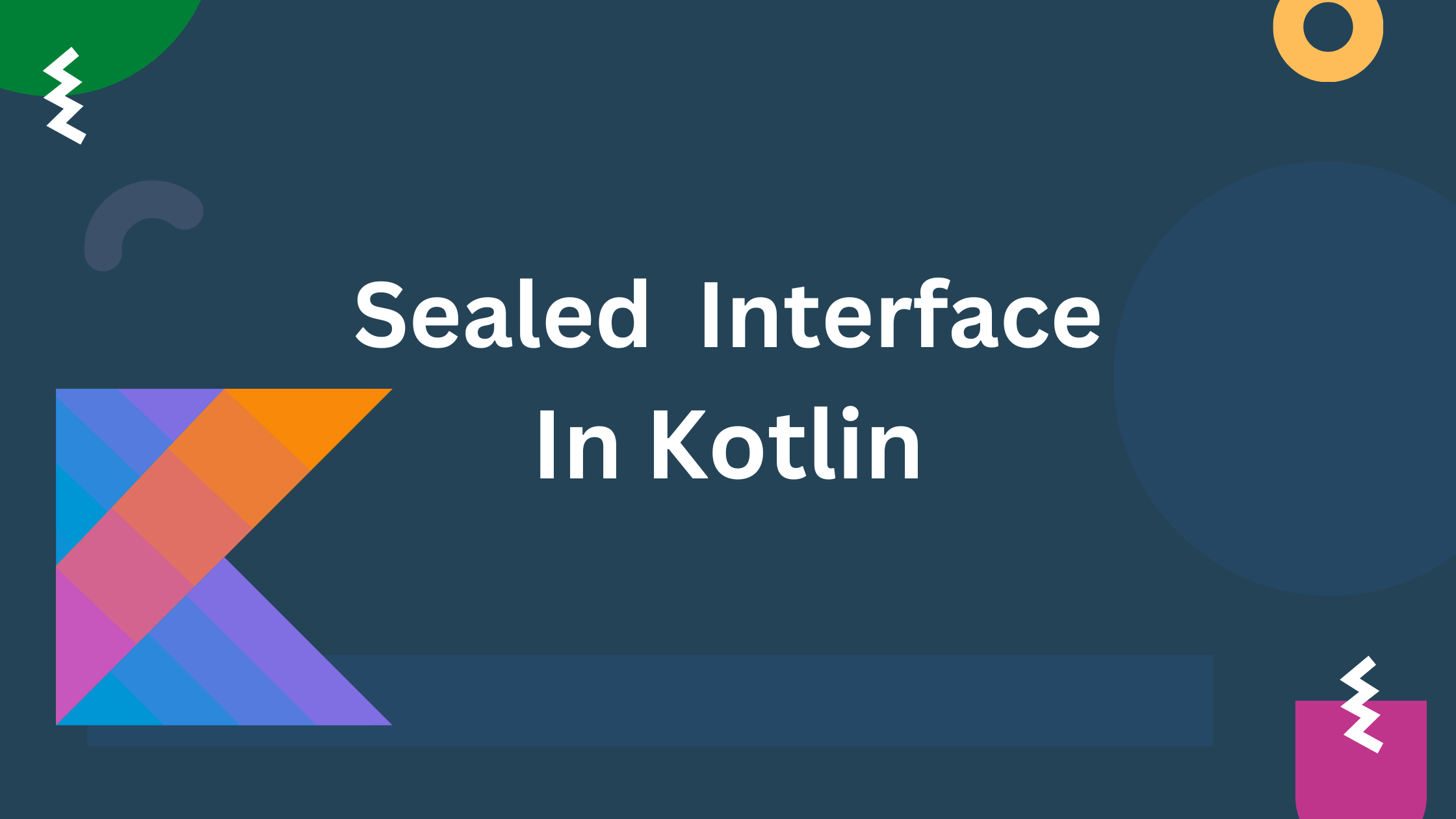In Kotlin, an initializer block is a section of code within a class that is executed when an instance of the class is created. This block is defined using the init keyword.
Here’s an example:
class MyClass {
init {
// Code inside this block will be executed when an instance of the class is created.
println("Initialization")
}
}
In this example, init introduces the initializer block. Any code inside this block will run every time a new instance of MyClass is created.
Key points about initializer blocks in Kotlin:
1. Initializer blocks are often used to perform complex operations or calculations to initialize properties, especially when the initialization logic cannot be placed directly in the property declaration.
class Person(val firstName: String, val lastName: String) {
val fullName: String
init {
fullName = "$firstName $lastName"
}
}
2. Initializer blocks cannot take parameters. They are executed as part of the instance creation process.
3. You can have multiple initializer blocks in a class, and they will be executed in the order they appear.
class MyClass {
init {
println("First init block")
}
init {
println("Second init block")
}
}
fun main() {
val o1 = MyClass()
}
/**
First init block
Second init block
* */Initializer blocks provide a way to perform actions during instance creation without the need for a primary constructor.
Use Case: They are useful for setting up initial state, performing validations, or executing any logic that needs to be done when an instance is created.
Here are some use cases in Android development:
1. View Initialization in Custom Views: The init block can be used to perform initializations, such as setting up custom attributes or configuring the view’s initial state.
class CustomView(context: Context, attrs: AttributeSet) : View(context, attrs) {
init {
// Initialize custom attributes or set up initial view state
}
}
2. ViewModel Initialization in Android ViewModel: It can be used for initial setup, calling Api or loading data, or any other logic needed for the ViewModel’s initialization.
class MyViewModel(application: Application) : AndroidViewModel(application) {
init {
// Initialize ViewModel, perform setup, or load initial data
}
}
3. Database Initialization in Room Database Class: here the init block in the database class can be used for database initialization or performing migration tasks.
@Database(entities = [MyEntity::class], version = 1)
abstract class MyAppDatabase : RoomDatabase() {
init {
// Initialize Room database or perform migrations
}
// ... (DAOs and other methods)
}
4. Service Initialization in Android Service Class: For Android services, the init block can be used to perform setup tasks, initialize the service, or set up listeners before the service starts.
class MyService : Service() {
init {
// Initialize service, set up listeners, or perform other setup
}
// ... (onCreate, onStartCommand, and other methods)
}
5. Custom Application Class Initialization: the init block can be used for initializing the application, setting up global state, or performing other setup tasks.
class MyApp : Application() {
init {
// Initialize application, set up global state, or perform other setup
}
// ... (onCreate and other methods)
}






